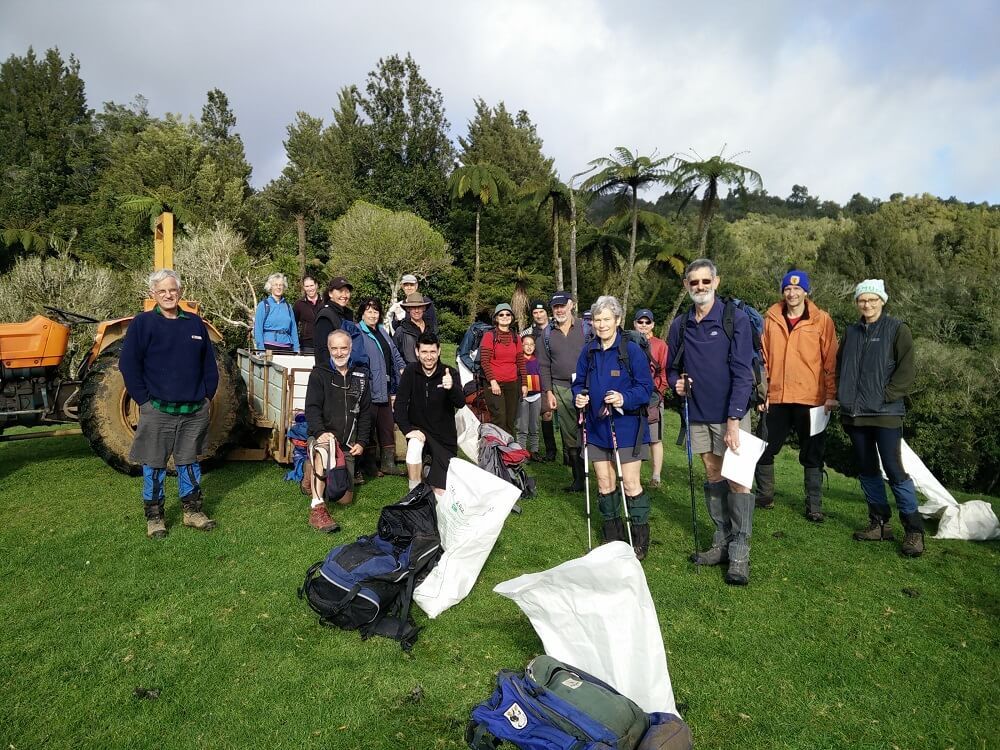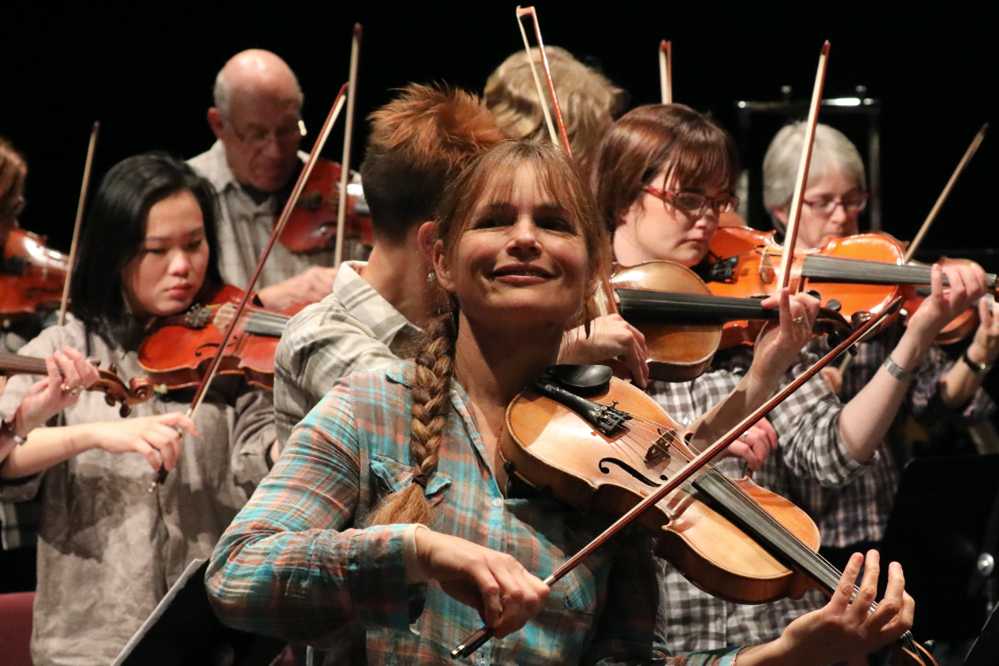
Conservation fund fills gaps others don’t reach
Published on 24 August, 2023
Above: Volunteers for the Pirongia Te Aroaro o Kahu Restoration Society prepare to go bush.
A conservationist couple are calling on Waikato people to join them in building a philanthropic investment fund dedicated to filling the funding gaps for volunteer nature groups.
Selwyn and Dianne June established the Waikato Hauraki Conservation Fund at Momentum Waikato with a significant donation in 2021, with the intent of creating a long-term source of funding for conservation work anywhere in the Waikato.
They invite the public to donate and grow the Fund’s ability to support local predator control and other conservation projects by volunteers and landowners.
“Predator control is the main theme for what we want to support,” says Selwyn.
“These are practical activities that protect our unique biodiversity. Funds will be made available for predator and pest control, monitoring biodiversity, restoration planting and weeding, species translocations, hiring expert advice and specialised contractors, volunteer training, group administration and promotion.”
The Junes are stalwarts of the Pirongia Te Aroaro o Kahu Restoration Society and have spent many years organising and leading volunteer conservation projects.
“We want to help people get active and achieve things in protecting the environment,” says Selwyn.
“The practical purpose of the Conservation Fund is to remove the barriers a group may face in carrying out a conservation activity,” says Dianne.
The Junes’ experience of the ups and downs, and the shortfalls, of funding from other quarters led to their decision to set up a philanthropic fund that targets the many gaps in funding for volunteer conservation groups.
“From what we’ve seen, it is the small things that need reliable funding. For instance, they might need to buy some bait stations, perhaps fund some attendees on a first aid course, or buy safety gear” says Dianne.
Support for volunteers is essential, as it can only grow capacity and they fill gaps in the efforts of government agencies.

“Volunteers have to feel safe, valued and supported when they are going into rugged bush.
You need to wrap a safety blanket around them. Good equipment – hi-vis vests, locator beacons and so forth. And make sure that first-time people are teamed up with someone who has done it before.
“There’s a social aspect to the volunteering. If it's well organised they’ll enjoy working together, see a goal they can get behind and then come back for more and bring their friends,” says Dianne.
“And they learn about the natural world, plants, birds, and see regeneration happening,” says Selwyn.
Dianne was once a medical lab scientist, and started tramping from age 14.
“I have always enjoyed getting outside, you get the spin-offs, the pleasure in seeing plants, of learning about birds. An ozone fix in the forest!”
“Tramping is what got me into conservation. Then the scientist part of me got me thinking in a logical organisational fashion, which is what I’ve applied to predator control.”
Selwyn is a botanist, having done a PhD in forest ecology before a career in horticulture in Waikato and Hawkes Bay.
“As we were reaching retirement, we heard about predator control on Pirongia, so thought let’s join in and have been hooked ever since. I enjoy being out in the bush, and seeing the results of our work, seeing more bird life,” says Selwyn.
Donations added to the Waikato Hauraki Conservation Fund grow its invested total and therefore the income available each year for disbursement as grants to conservation groups in the Waikato Regional Council area.
Find out more and donate at momentumwaikato.nz/waikatohaurakiconservationfund.



